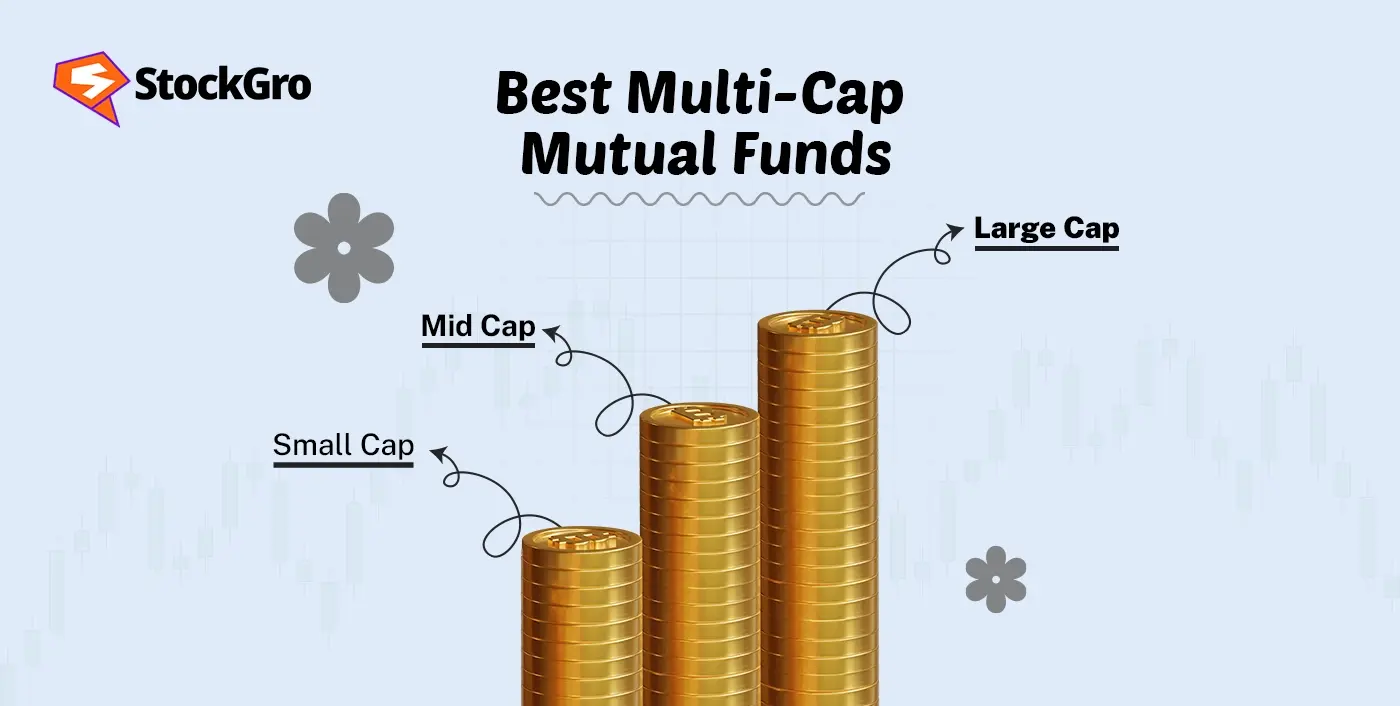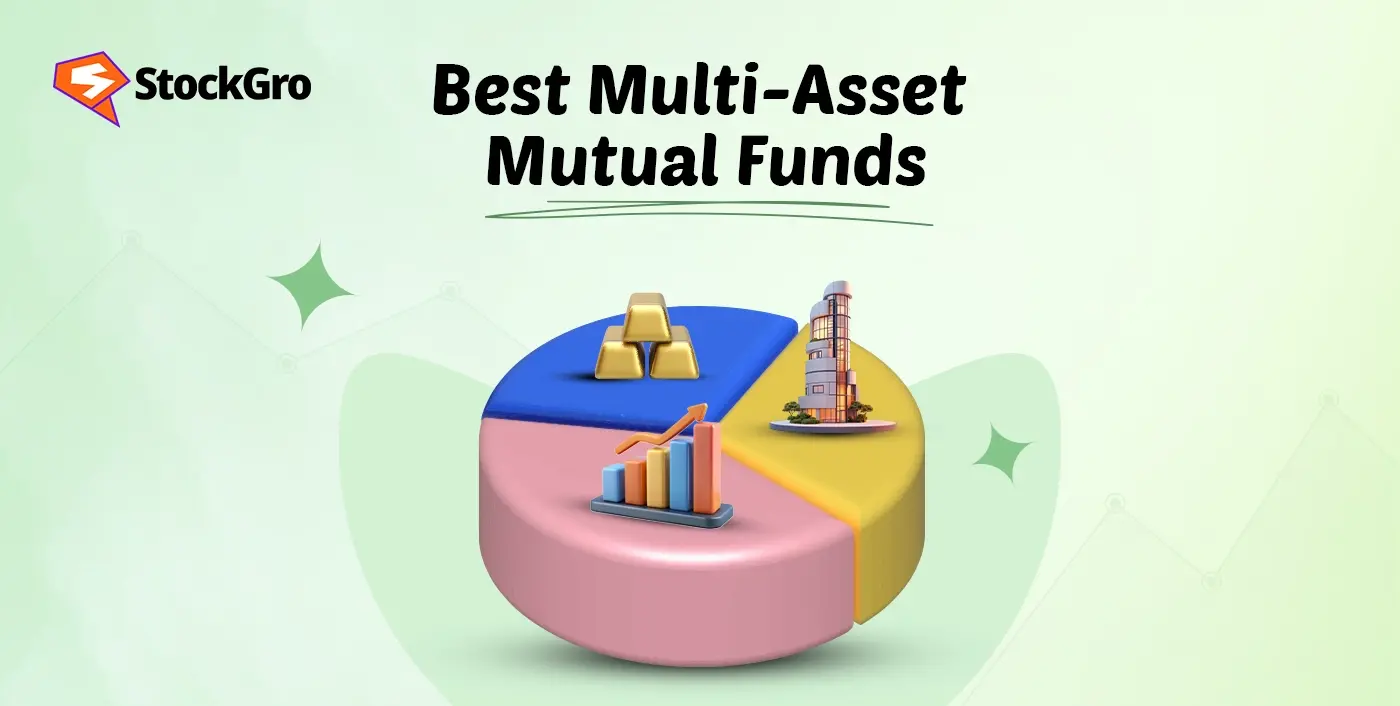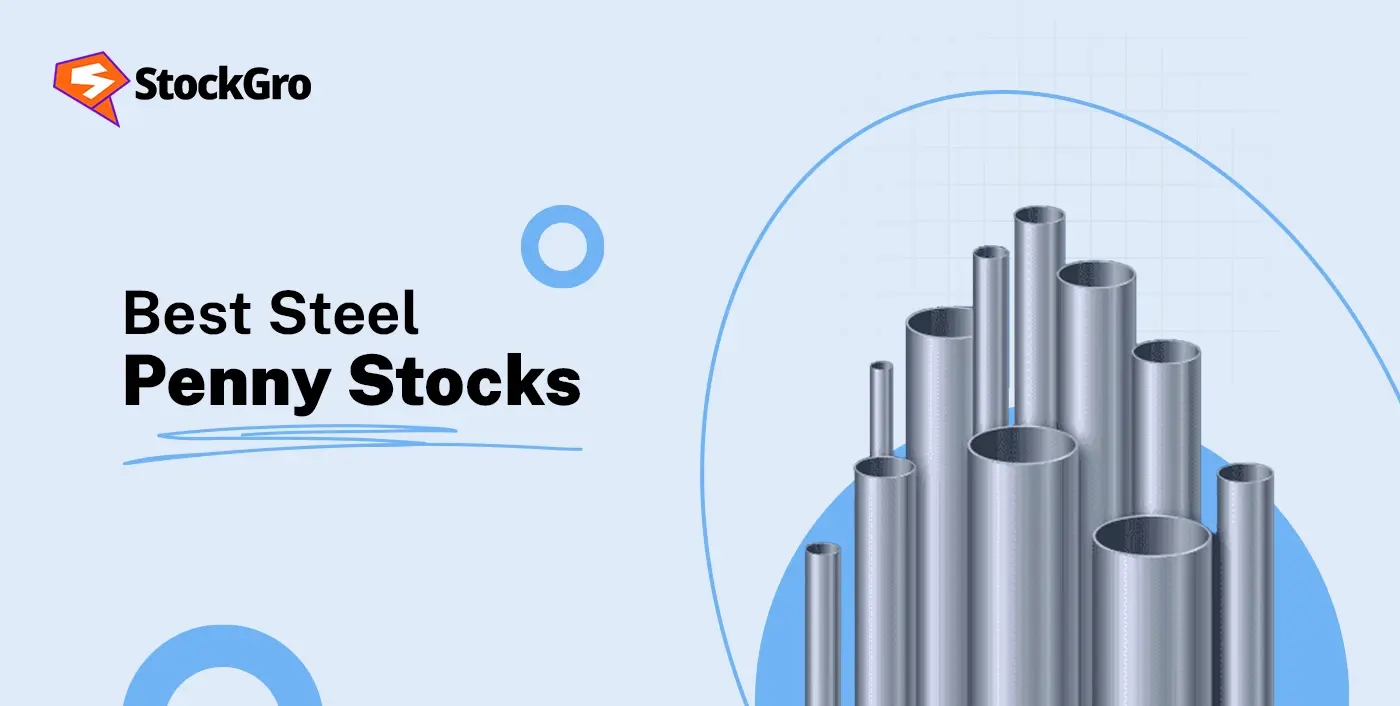
The new or unique investor count has increased by 20% to achieve the 54 million mark in 2025. This implies that not only the number of mutual fund investors but also the rate of new investor addition is growing. A key element of investing that often perplexes new investors is diversification. Not just restricted experience, but limited funds and other roadblocks also hinder optimal allocation and diversification of funds.
In such a scenario, an investment medium like multicap mutual funds can aid diversification and propel portfolio growth. Therefore, this blog explores the top multicap funds in India.
Understanding multicap mutual funds
According to the product categorisation circular issued by SEBI in October 2017, mutual funds can be categorised into large-cap, mid-cap and small-cap funds based on the nature of company stocks held by them.
| Equity mutual fund | Nature of stock held (based on market capitalisation) |
| Large-cap funds | The top 100 publicly listed companies |
| Mid-cap funds | 101st to 250th listed companies |
| Small-cap funds | Companies from the 251st onwards |
Unlike large-cap, small-cap and mid-cap funds, multi-cap mutual funds can invest in equities across the spectrum. It implies that they can invest in companies of all sizes. However, there are certain criteria specified by SEBI for their asset allocation.
| Size category | Minimum allocation |
| Large-cap companies | At least 25% |
| Mid-cap companies | At least 25% |
| Small-cap companies | At least 25% |
| The remaining 25% can be invested in any instruments according to the discretion of the mutual fund house. | |
Mulitcap mutual funds offer diversification that can yield both stability and high returns. However, some factors must be considered before choosing the best multicap fund.
Also read: What is Systematic Withdrawal Plan (SWP) in Mutual Fund
Factors to consider before investing in the best multicap fund
Choosing the best multi-cap mutual funds requires analysis of particular funds along with the consideration of some industry-specific and investor-specific factors.
- Category returns: The category average returns offered by the multi-cap mutual funds stand at 5.85%. The top category performer offered a return of 30.85%, whereas the poorest performer recorded a negative return. However, the category performance in the long term is more important than the short-term performance. Therefore, the table below shows the metrics for more intervals.
| Tenure (years) | Average (%) | Top performer (%) | Bottom performer (%) |
| 3 | 25.25 | 31.24 | 19.93 |
| 5 | 26.64 | 33.30 | 24.80 |
| 10 | 15.53 | 18.98 | 13.49 |
- Category risk: Since the multi-cap mutual fund invests across different sectors, the risk is diversified and targets minimisation. Therefore, discussed below are some category average risk meters. Comparison of individual risk metrics with fund-specific metrics can aid in optimal decision-making.
| Particulars | 3 years (%) | 5 years (%) | 10 years (%) | 15 years (%) |
| Standard deviation | 14.8195 | 22.9871 | 17.9731 | 18.1606 |
| Sharpe ratio | 0.9795 | 1.3115 | 0.5575 | 0.4950 |
| Sortino ratio | 1.6635 | 2.5973 | 0.8108 | 0.7344 |
- Nature of investors: While investment in midcap mutual funds is not restricted to any category of individual, certain investors, like beginners, benefit more accurately through this investment medium due to its diversified nature.
Along with these metrics, an analysis of individual mutual funds is important as well. Therefore, this blog explores the top 5 multicap funds for long term.
Top 5 multicap funds for long-term
Discussed below are the five multicap funds listed based on the assets under management (AUM) as of 27 April 2025.
| Particulars | Nippon India Multicap Direct Growth Fund | SBI Multicap Direct Growth Fund | Kotak Multicap Direct Growth Fund | HDFC Multicap Direct Growth Fund | ICICI Prudential Multicap Direct Growth Fund |
| AUM (₹ crores) | 43,483.13 | 20,558.87 | 17,943.32 | 17,620.15 | 15,094.86 |
| Risk (₹) | Very high | Vey high | Very high | Very high | Very high |
| Expense Ratio | 0.74 | 0.86 | 0.43 | 0.73 | 0.93 |
| PE Ratio | 30.38 | 27.56 | 15.49 | 24.38 | 22.75 |
| Sharpe Ratio | 1.37 | 0.92 | 1.24 | 1.22 | 1.24 |
| Standard Deviation | 14.43 | 13.51 | 16.15 | 15.13 | 13.42 |
| Sortino Ratio | 1.99 | 1.43 | 1.70 | 1.82 | 2.06 |
| 3-year return (%) | 31.15 | 23.33 | 30.97 | 29.50 | 26.94 |
Discussed below is a detailed analysis of the top multicap fund. It might aid optimal investor research before choosing a fund.
- Nippon India Multicap Direct Growth Fund: It has the largest AUM among the two 5 multicap funds for long-term growth. It also has the highest Sharpe ratio and 3-year returns, indicating strong performance and investor confidence comparatively. The high PE ratio suggests a tilt towards growth stocks, which can increase volatility but also drive higher returns.
- SBI Multicap Direct Growth Fund: SBI Multicap has the lowest Sharpe and Sortino ratios among the best multi-cap mutual funds, indicating less efficient risk-adjusted returns. Its standard deviation is also among the lowest, suggesting relatively lower volatility. Irrespective of low volatility, the 3-year return is the lowest in the group.
- Kotak Multicap Direct Growth Fund: This top multicap fund has the lowest PE ratio among its top 5 peers. The high standard deviation reflects high volatility but delivers optimum risk-adjusted returns, considering the optimum Sharpe and Sortino ratios, along with 3-year returns.
- HDFC Multicap Direct Growth Fund: It offers a moderate fund with moderate metrics. 97.7% of the portfolio is invested in equity, with 12.01% invested in small-cap. It is interesting because the asset allocation of the fund in the small-cap sector is higher than the industry average of 11.40%. However, asset allocation in all other sectors, namely large-cap, mid-cap, and giant-cap, is lower than the respective industry average.
- ICICI Prudential Multicap Direct Growth Fund: This fund has the highest expense ratio among its top peers. This can reduce the net returns that can be allocated to the investors. However, it has the highest Sortino ratio among its peers in this list. This indicates an optimum risk-adjusted return generation capacity.
It is necessary to consider the applicable taxation on the mutual fund category because it has an important bearing on the amount of gain an investor can generate from the fund.
Also read: Mutual Funds Vs. Hedge Funds
Best multi-cap mutual funds: Taxability
The applicable tax rate on the multicap sector is discussed in this section.
| Particulars | Tax Rate (%) |
| Short-term capital gain on funds transferred before 23 July 2024 | 15 |
| Short-term capital gain on funds transferred on or after 23 July 2024 | 20 |
| Long-term capital gain on units transferred before 23 July 2024 | 10 |
| Long-term capital gain on units transferred on or after 23 July 2024 | 12.5 |
| Moreover, according to section 112A, long-term capital gain up to ₹1,25,000 is not taxable. | |
Also read: Beyond stocks: Can mutual funds invest in options and futures
Bottomline
Multicap mutual funds might simplify diversified investing by allocating investor funds across companies of different capital structures. Not only do they allow risk mitigation through large-cap and giant-cap allocations, but they also aid portfolio growth through diversification into small-cap and mid-cap stocks. Understanding the portfolio allocation is important before investing. Moreover, along with fund-specific metrics, checking allocation distribution might aid investors in choosing a mutual fund that fits their investing objective and rationale.
FAQs
Multi-cap mutual funds are a subset of equity mutual funds that distribute assets among large-cap, mid-cap, and small-cap corporations. These funds invest in various market capitalisation categories, allowing the possibility of both capital appreciation and risk diversification, to strike a balance between stability and growth. However, an optimum analysis of mutual fund metrics is important before making any decision.
Multicap mutual funds diversify across equities of different capital structures. Therefore, even with limited funds, investors can diversify across various bands and mitigate risk. However, since the majority of the allocation is towards equity, it is a market-linked security. Plus, like any market-linked security, it is impacted by the volatility of the equity market and is not completely risk-free.
Investors should consider the category average metrics and compare them with the metrics recorded by the mutual fund. It can offer valuable insights into how the fund is performing compared to its peers and the category. Moreover, the asset allocation of the fund should also be noted. An investor should also consider their own financial goal and risk appetite before choosing an asset.
The top five multicap mutual funds based on their AUM are Nippon India Multicap Direct Growth Fund, SBI Multicap Direct Growth Fund, Kotak Multicap Direct Growth Fund, HDFC Multicap Direct Growth Fund, and ICICI Prudential Multicap Direct Growth Fund. However, only considering their AUM is not enough. Investors should also take into account other fund-specific metrics and compare them to the industry average to get a holistic view of the performance.
Long-term capital gain of up to ₹1,25,00 from multicap mutual funds is not taxable according to Section 112A of the Income Tax Act. However, STCG and LTCG (above the exemption limit) are taxable. If the LTCG or STCG occurs on or after 23 July 2024, a tax of 20% and 12.5% respectively, applies to them. Investment planning should be complemented with tax planning for optimum fiscal decision-making.

